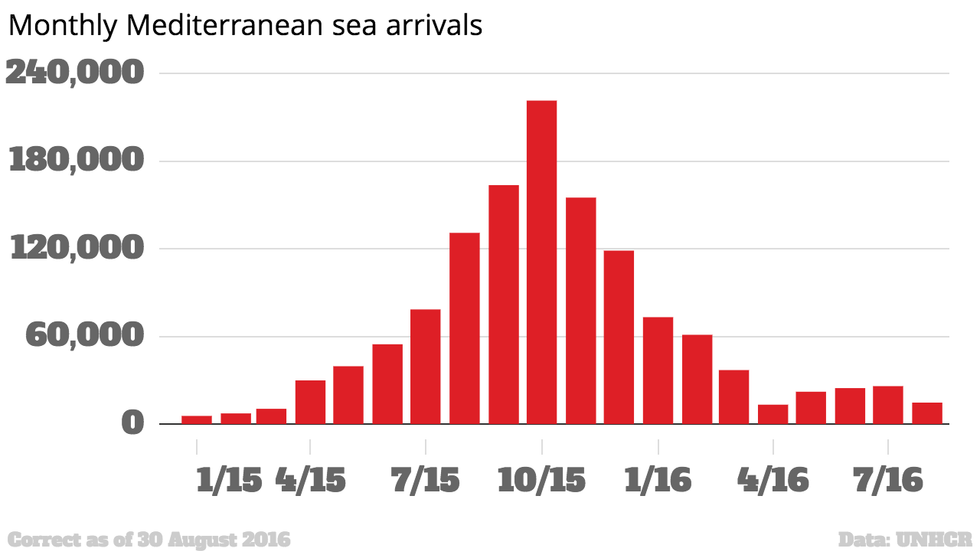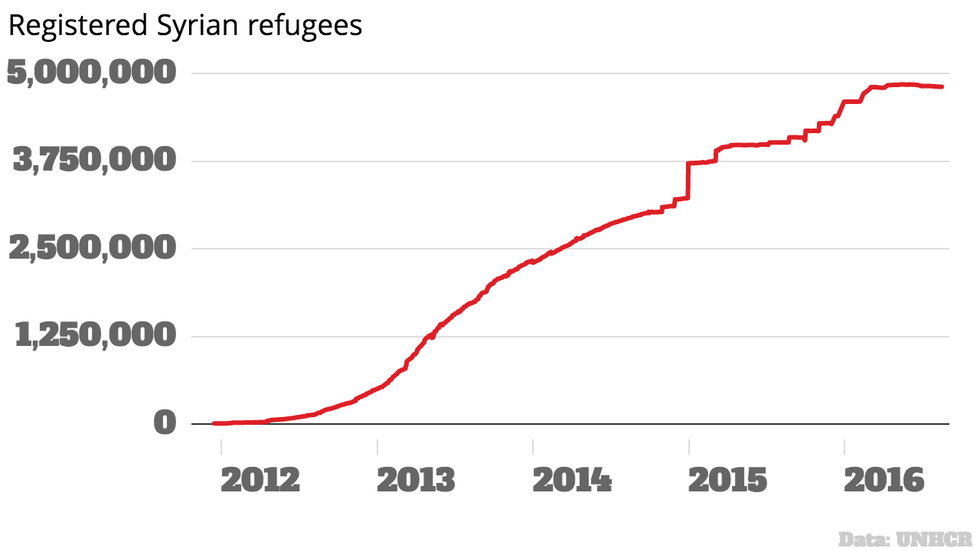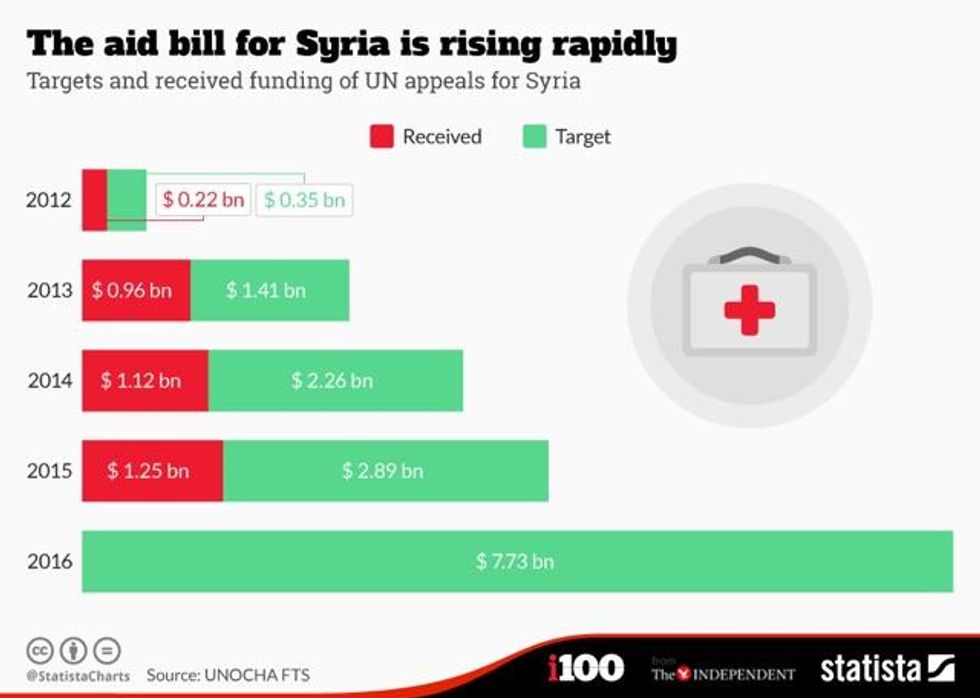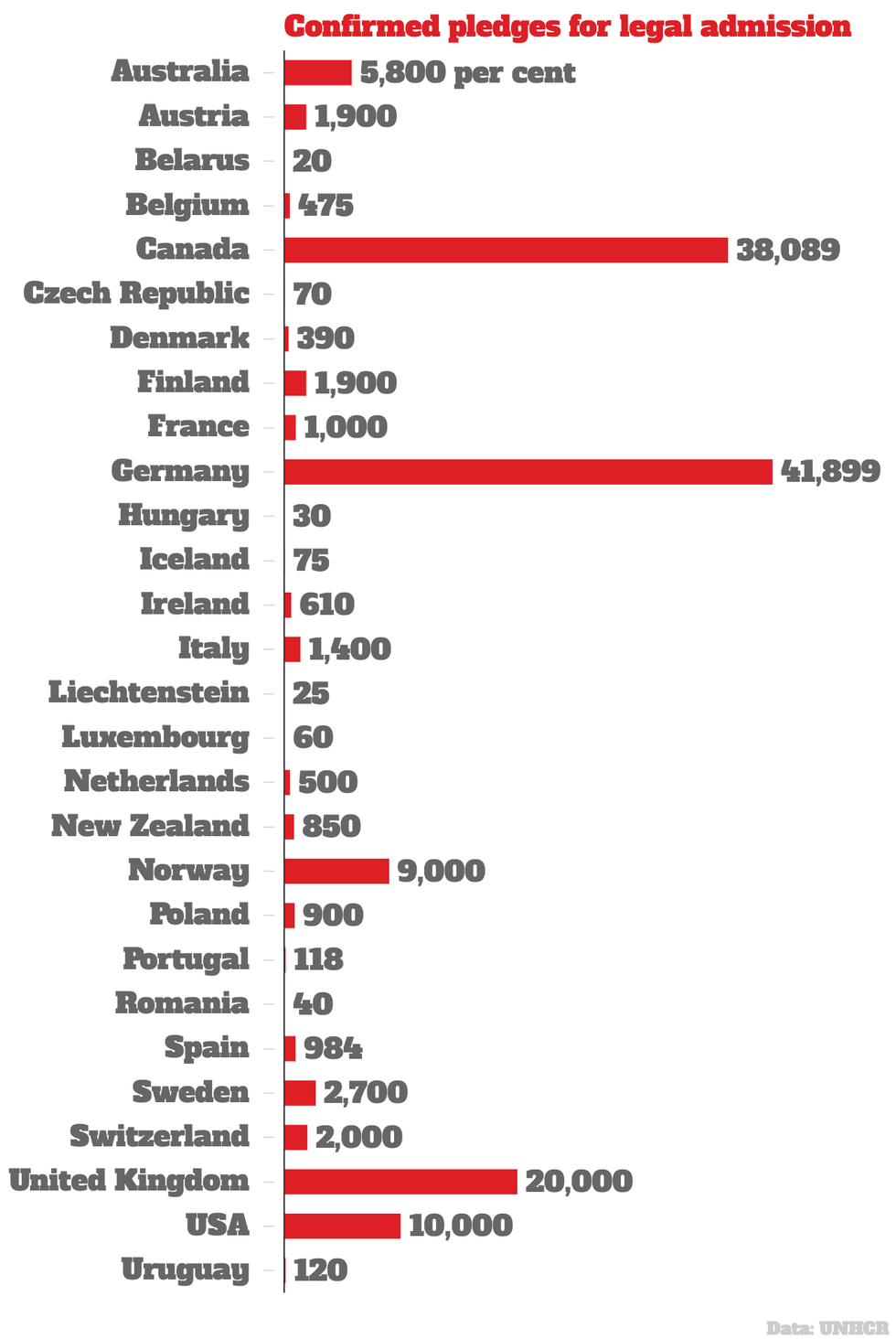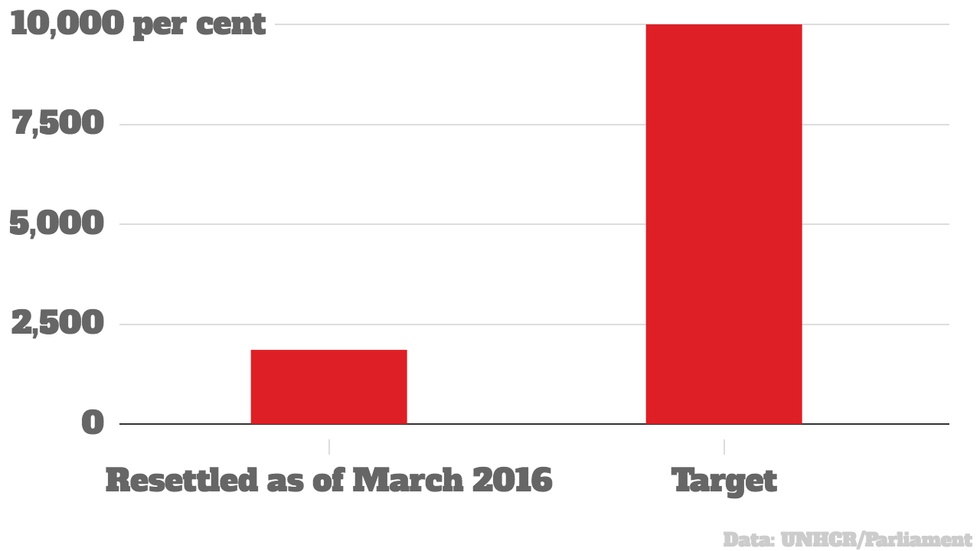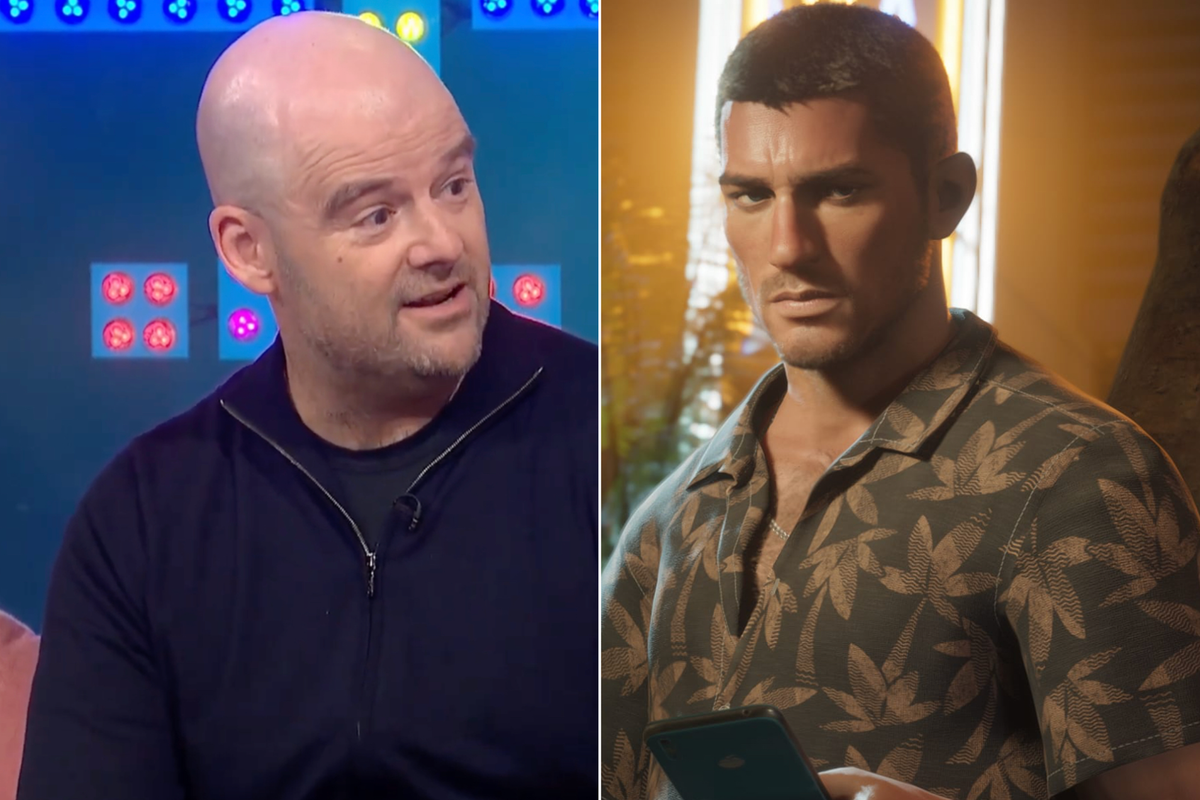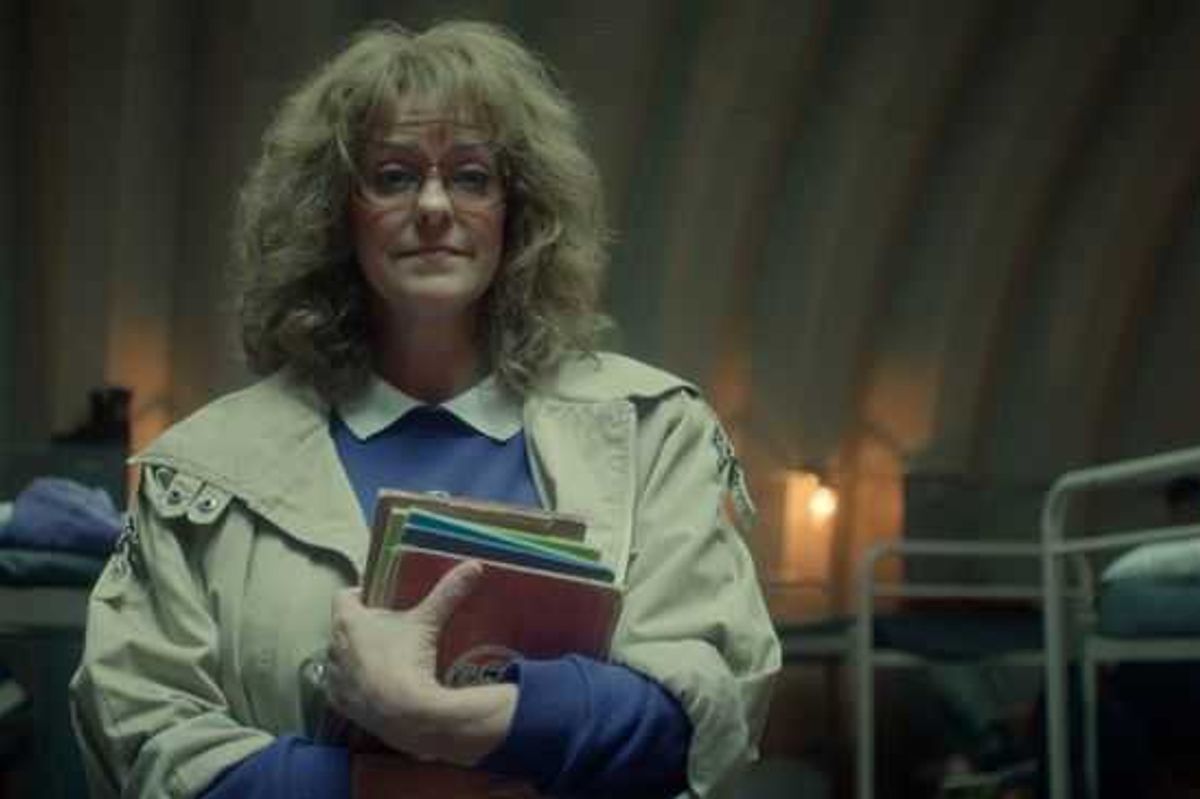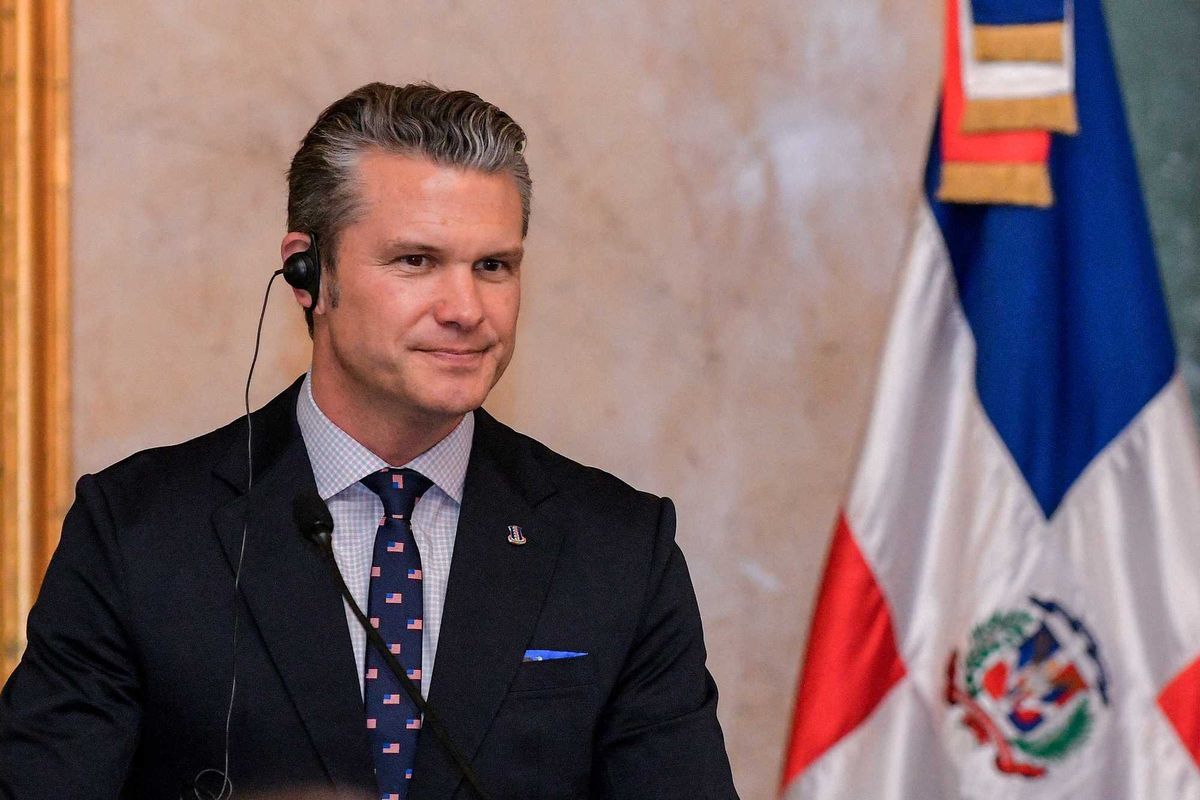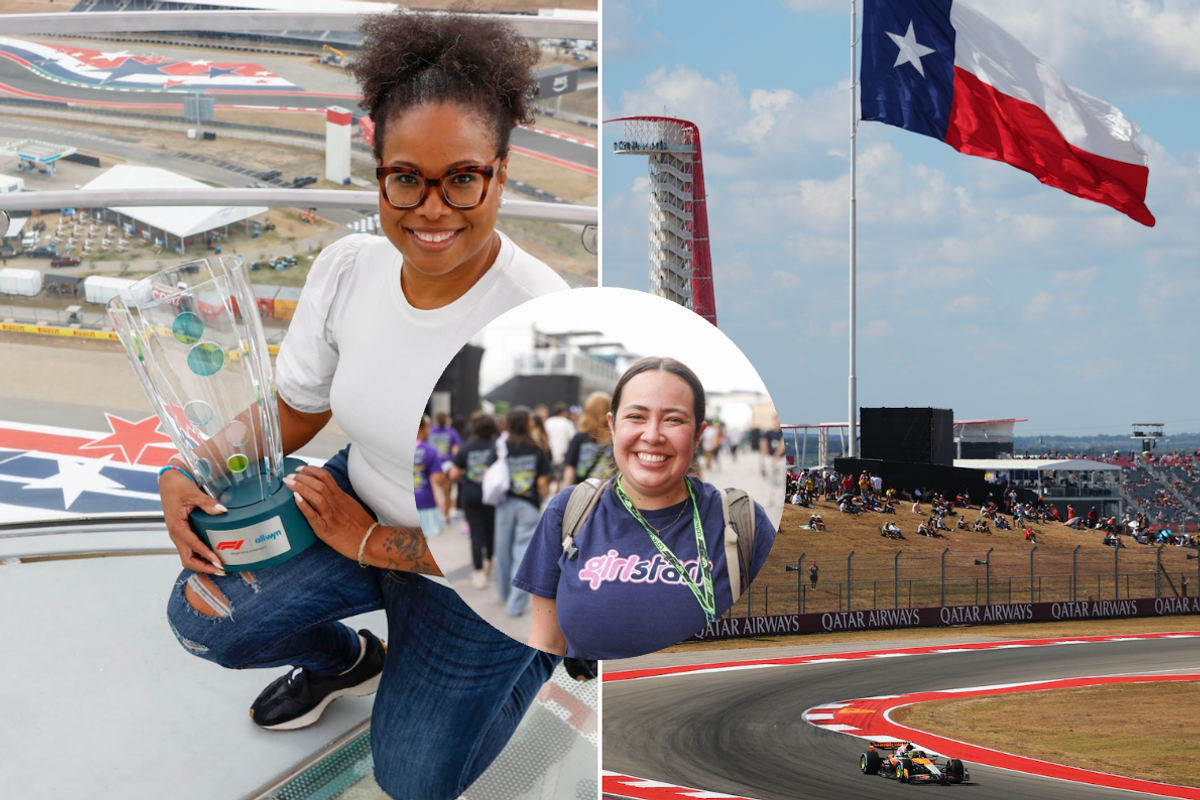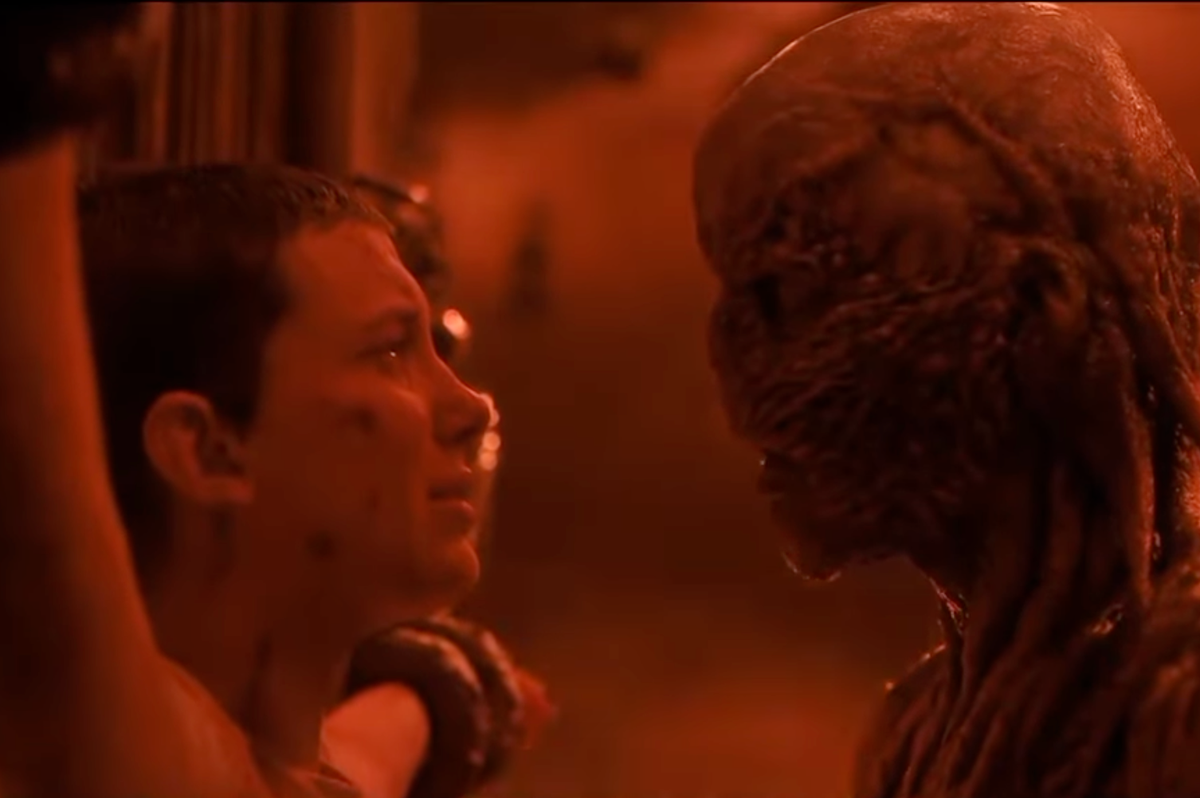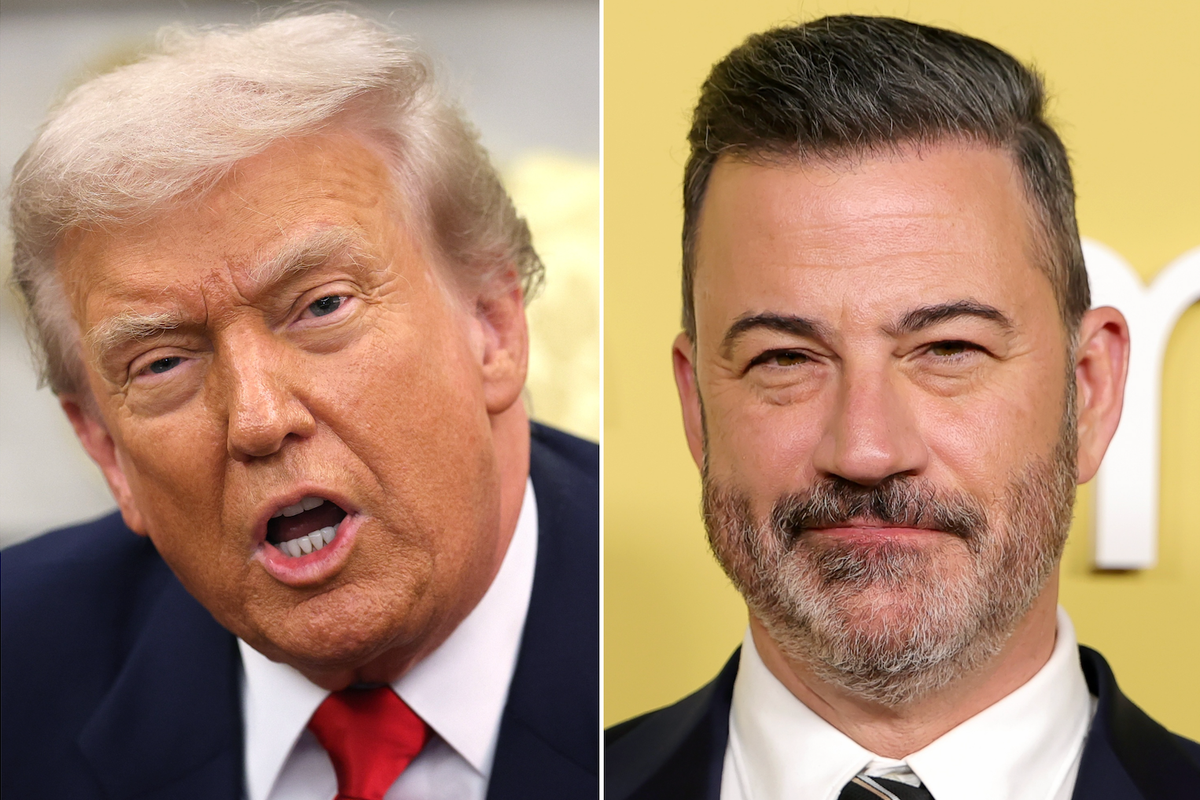News
Louis Dor
Sep 02, 2016
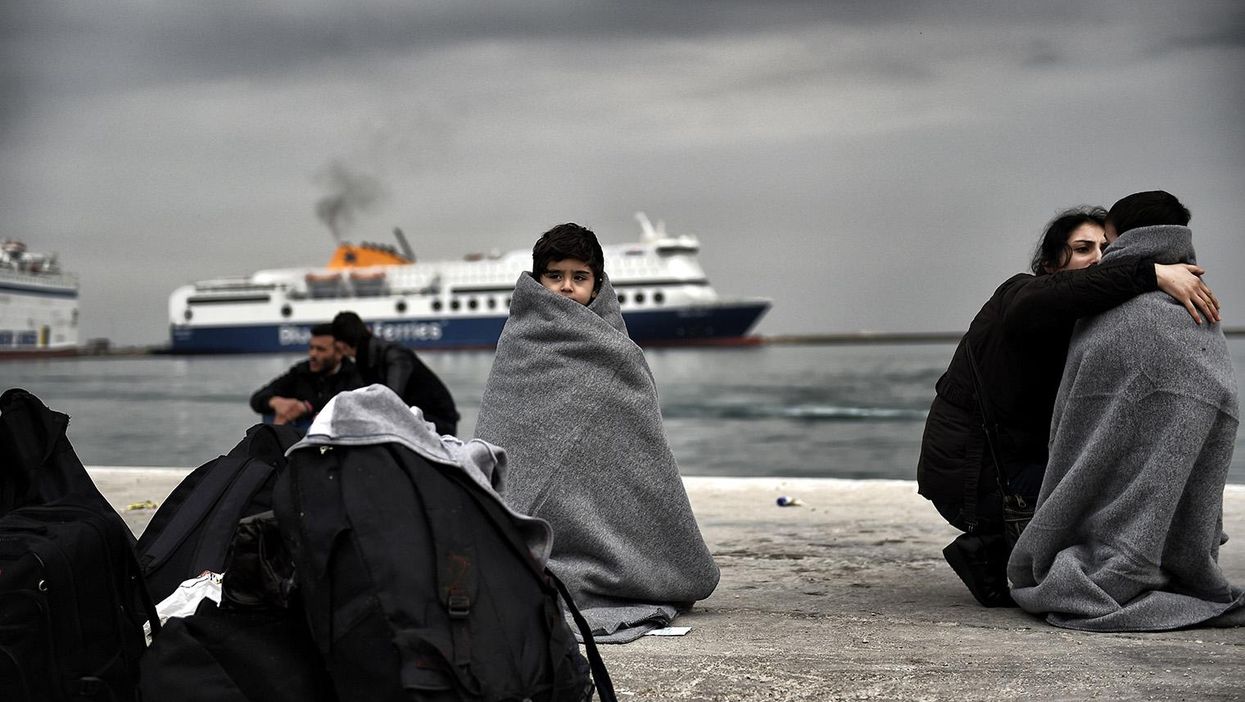
Picture: ARIS MESSINIS/AFP/Getty Images
One year ago, photographs of Alan Kurdi, a three-year-old boy from Syria, washed up on a beach in Turkey shocked the world into recognition of the escalating refugee crisis in the Mediterranean.
After dominating the headlines and pressurising governments to act a summit was scheduled in London, where world leaders pledged £7 billion to solving the crisis.
Here is a brief breakdown of what's changed, and what hasn't, in the 12 months since.
1. Although people continue to travel by sea across the mediterranean, fewer are arriving in 2016 than in 2015
2. In addition, the number of registered Syrian refugees in total has plateaued and is beginning to decrease
3. The majority of refugees are children
4. Italy has overtaken Greece as the main landing site in Europe
5. Partly due to border operations on the Turkish coastline, acting as a deterrent to crossings
6. There are now over 2.5 million Syrian refugees concentrated in Turkey
Picture: UNHCR7. In contrast, European countries have only received just over 1.1 million applications for asylum
8. 2016 was the biggest year for UN funding targets for Syria appeals
Seven months ago, the UK pledged an extra $1.7bn (£1.28) until 2020 to supporting Syria at the Supporting Syria and the Region donors' conference in London.
How much countries have paid of that amount is a different matter entirely.
9. And in September last year the UK pledged to receive 20,000 Syrian refugees
10. But six months after Alan's death, only 1,856 Syrians had been resettled in the UK
Which was a slow start to meeting the target.
More: A year on from Alan Kurdi, we continue to ignore future refugee crises
More: The story of Alan, the Syrian boy whose photo has shocked Europe
More: Four charts showing how Europe's migrant crisis isn't going away, it's getting worse
Top 100
The Conversation (0)
